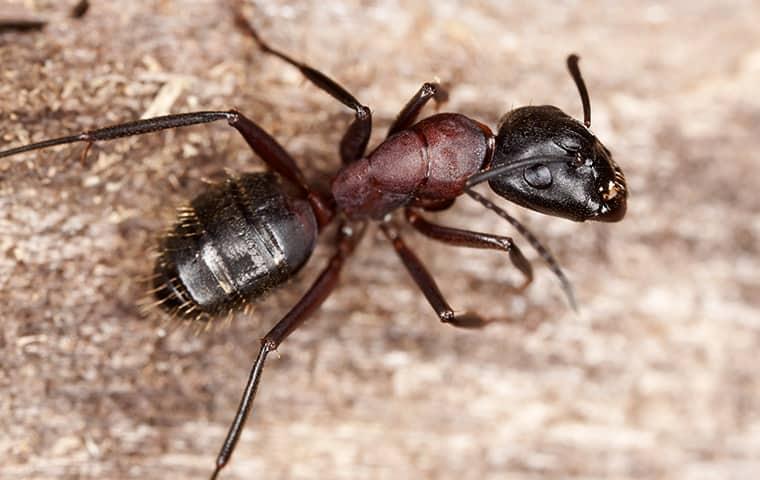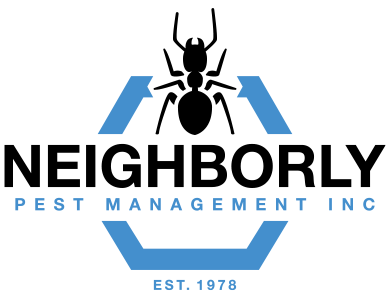Four Signs Of Carpenter Ants To Watch For Around Your Roseville Property
December 24, 2020
Ants are normally rather harmless. While they all forage for food and can contaminate our homes, an ant infestation is usually not something you pay a second thought to. But some ant colonies can be far more hazardous to your property and your health than run-of-the-mill nuisance ants. That’s why you need to be able to tell them apart and spot the early signs of dangerous pests like carpenter ants before it’s too late.

The Destruction Of Carpenter Ants
Carpenter ants look a lot like other small black ants that you might see out in your yard or scuttling across the countertops. But they certainly don’t behave like other ants. Carpenter ants are the only variety of ant that bores through wood, much like termites do. Unlike termites, carpenter ants don’t eat the wood. Instead, they make tunnels inside of accessible wood as a way to hide their eggs for incubation. It’s this habit of hollowing out wood that makes them dangerous because damage to building materials can lead to structural collapse and other costly and hazardous issues. That’s why it’s important to know how to prevent ant populations and spot the early signs of their activity.
Signs Of Carpenter Ant Activity
Just like other ants, it can be hard to keep carpenter ants out entirely. Depending on what stage of development a colony is in, an ant population can invade your property in several ways. Here are things to watch out for, as they are signs of brewing pest problems or worse:
- Winged ants: The only ants that fly are the reproductive queens that form new colonies. If you see a winged ant around, you better hope you haven’t fallen behind on proper pest control measures, because a carpenter ant colony may be forming.
- Holes: Unlike termites, which always initially attack wood from subterranean angles, carpenter ants will bore straight into surface woods. Their damage leaves small, Swiss-cheese-like holes.
- Wood dust: The fine, dust-like wood that’s leftover from carpenter ants’ boring is known as “frass,” and it is another sure sign of damage.
- Bulging: As wood is hollowed out and altered by ants, the surfaces change accordingly. If you notice bulging or buckling floorboards or wall panels, that’s a sure sign of extensive pest damage.
Tips To Prevent Carpenter Ants
To avoid the damage they cause, you need to make sure your property is protected against ant colonies in the first place. That requires addressing the factors that attract them and the ways they often get inside:
- Crack sealing: Ants can crawl through even small cracks or holes to gain access to your interior. Address these regularly by checking your outside walls and foundation.
- Food storage: Carpenter ants may chew through wood but they eat the same food traces that other foraging insects do. That means they’ll contaminate food sources or scrounge for crumbs, making proper storage and cleaning very important around your property.
- Wood storage: It stands to reason that stacked firewood or other yard debris can attract wood-boring bugs to your property. Store these things away from your exterior and clear out unnecessary clutter.
Let Neighborly Help
To truly stay protected from invasive ants, especially dangerous carpenter ants, you should get help from professionals. At Neighborly Pest Management, our trained experts can provide you with more tips and tricks for how you can keep your property safe from wood-boring pests. We also offer effective treatments that can stop invasive pests of all kinds from getting close to your property. If carpenter ants are already a problem, act quickly to eliminate them by turning to us right away, before they can cause expensive and potentially hazardous damage.
Trust Neighborly Pest Management for carpenter ant prevention and removal, avoiding the worst damage that ant colonies can cause.
 Reviews
Reviews

